Trap Gunner/Trap Runner Did Something Unique on the Original PlayStation
Decades later, it’s almost a forgotten video game

Gamers sometimes stumble upon the quirkiest, obscure titles. Often it happens in a natural manner. Exploration is part of the hobby, even in the era of online stores. In the 90s and 00s, the quest for new experiences led many to small, obscure physical stores. One such adventure was the gateway for my discovery of Trap Runner (known as Trap Gunner: Countdown to Oblivion in the USA).
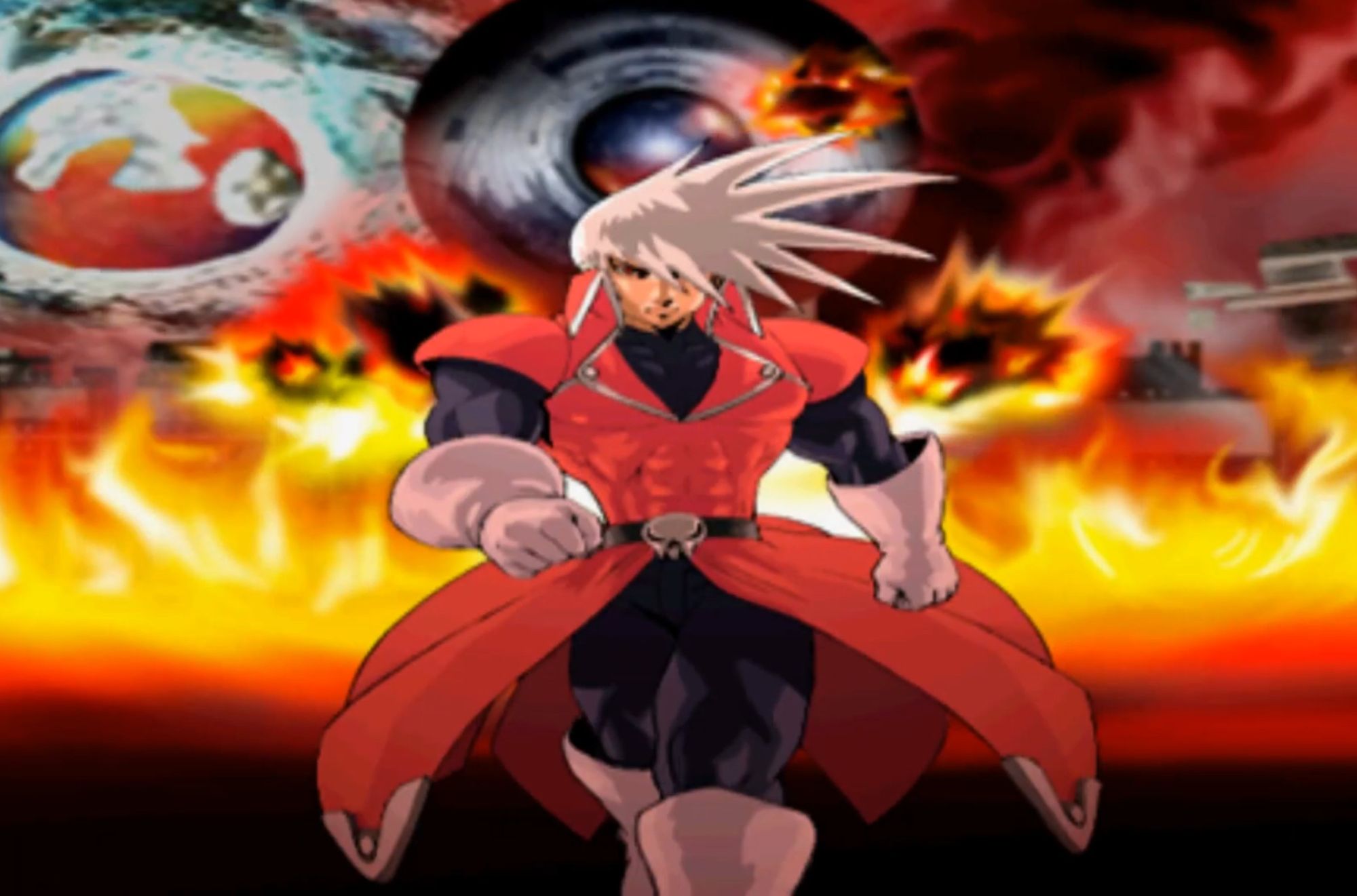
Hands grasp a novel experience
The exact date eludes me. It was somewhere around the new millennium, I believe, when I first laid my eyes on the blue minimalist cover of Trap Runner. This was the PAL European edition. Something about it spoke to me. The 2-player notification on the back of the PlayStation case clinched it — my brother and I were always on the lookout for games we could play at the same time.
When I look back, the most puzzling thing is I had never heard of Trap Runner before that discovery. Sure, the Konami logo was a mark of quality to my child's brain, but I had never read a review, watched a trailer, or talked to a friend about the game. This was one of my many blind purchases. In the modern information age, this is a kind of foreign approach.
Back then, my biggest hope was that the game could entertain us for a lengthy period. I couldn’t afford many games per year, so I just hoped this one had enough meat on the bone to entrain everyone. The anticipation of finding out soon overpowered the feelings of trepidation.
Snare your enemy
A stylish anime intro greeted me after I popped Trap Runner into the grey box that was Sony's first foray into console design. I navigated the distinct menu, which mimicked television screens, complete with static and color bars.
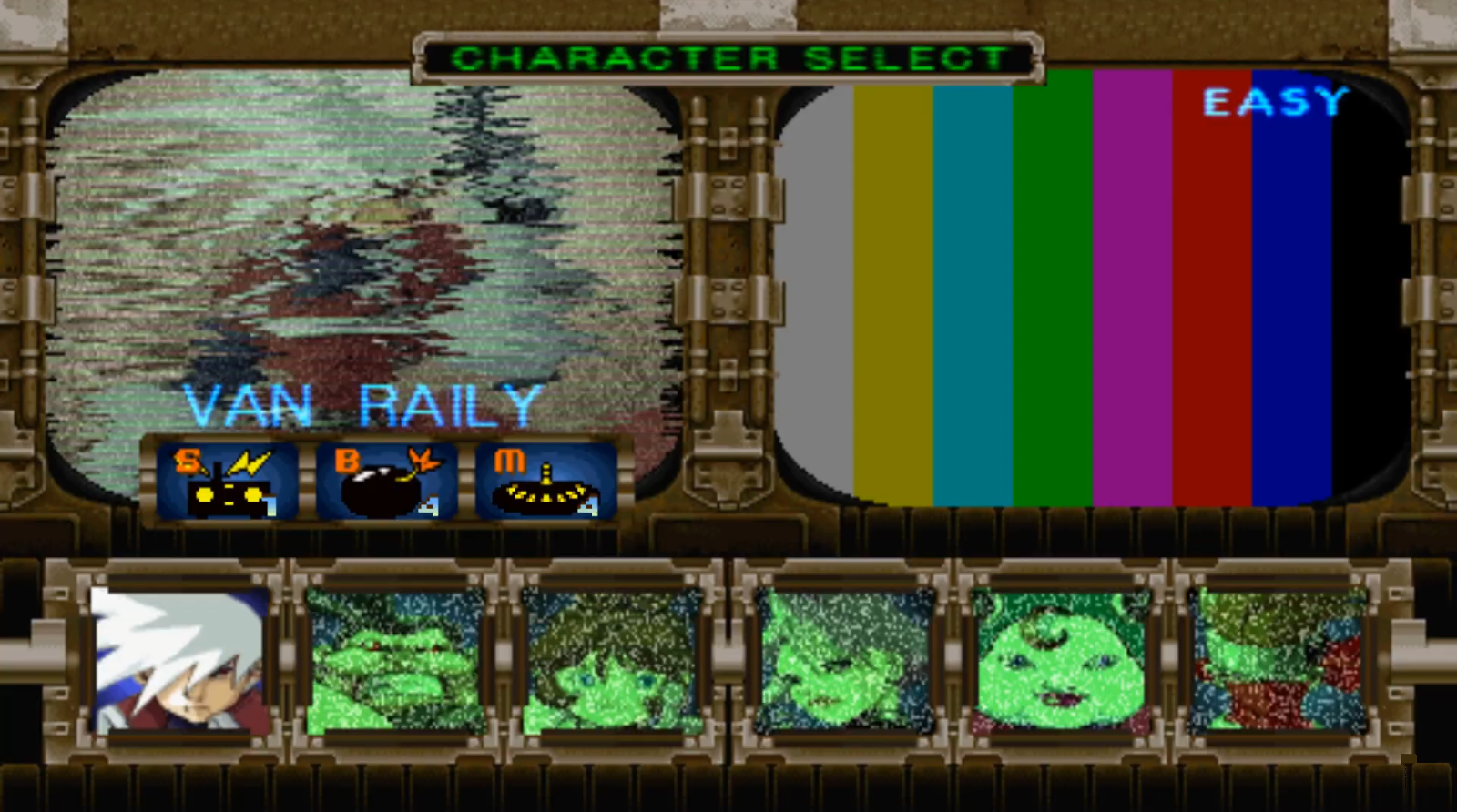
The character select screen had only 6 characters at the start. Compared to fighting game rosters, this looked too modest to my eyes. The gameplay soon puzzled me. Kicks and gunshots only chipped away a small section of my opponent’s health.
Defeated, I ventured to the tutorial videos. The main damage dealers were the traps. Duh! At that point in time, my only reference point was the game Bomberman, a favorite of my earliest years as a gamer. In short, Trap Runner forces two characters to skulk around a stage, plant a variety of lethal traps at different locations, and try to funnel their opponent into these areas. The opponent also plants their own devices and deactivates those laid by the player.
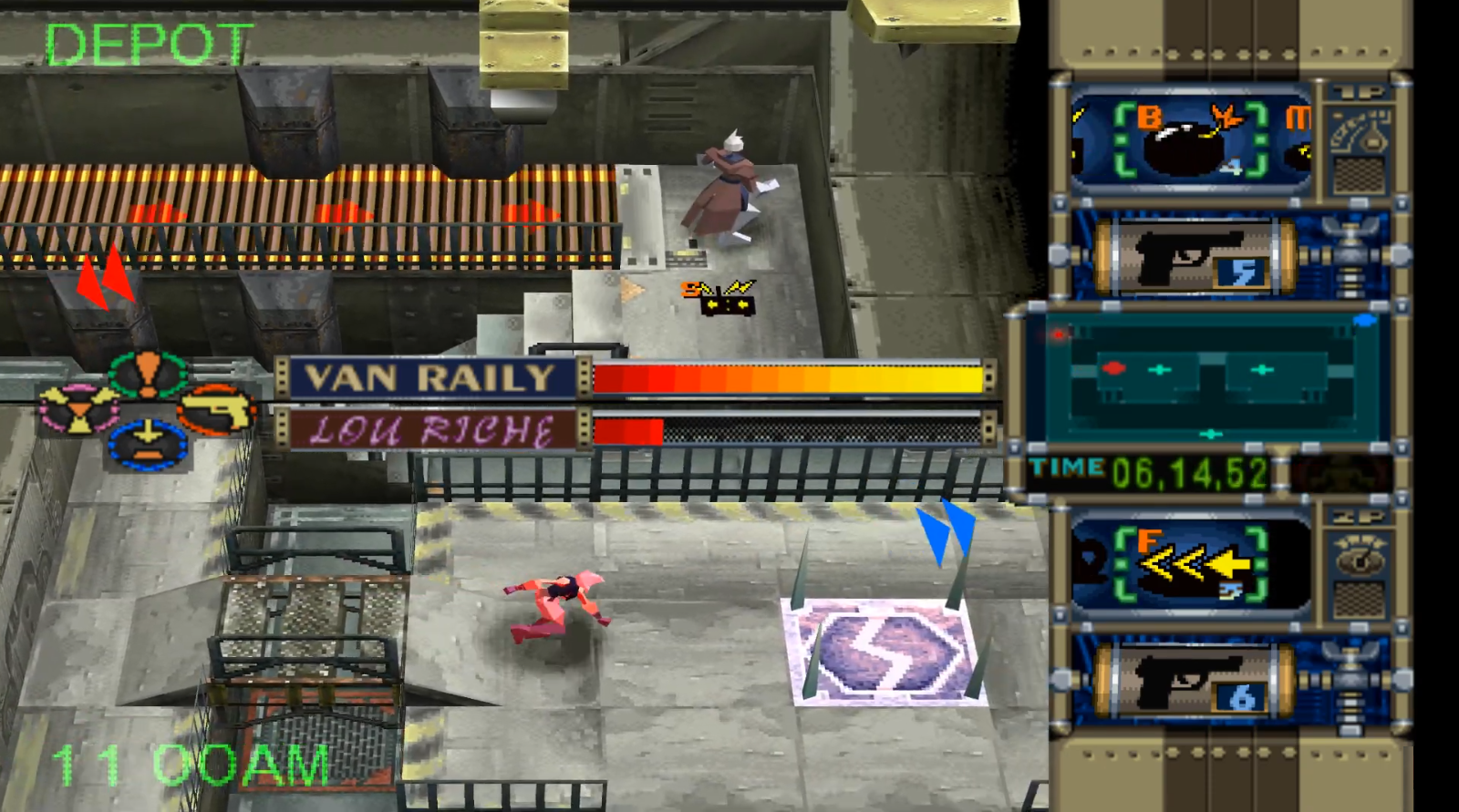
To get a hang of the game, we launched the split-screen player versus player mode. Our characters dropped into an isometric stage. The distinctiveness of each character soon became apparent. They moved at different speeds, had different projectiles, and began the stage with different starting inventories. These dissimilarities created interesting dynamics in matches where we tried to destroy each other.
Create a deeper tactic
The more we played, the deeper we delved into the game's box of tricks. Power-ups, which popped up at certain locations, could give a player an advantage like extra speed, but could also serve as a lure. You knew your opponent may want to claim the powerup for themselves, offering a tantalizing opportunity for a trap ambush. Stages themselves also had hazards, such as explosive boxes. A time limit added extra urgency to these risk/reward calculations.
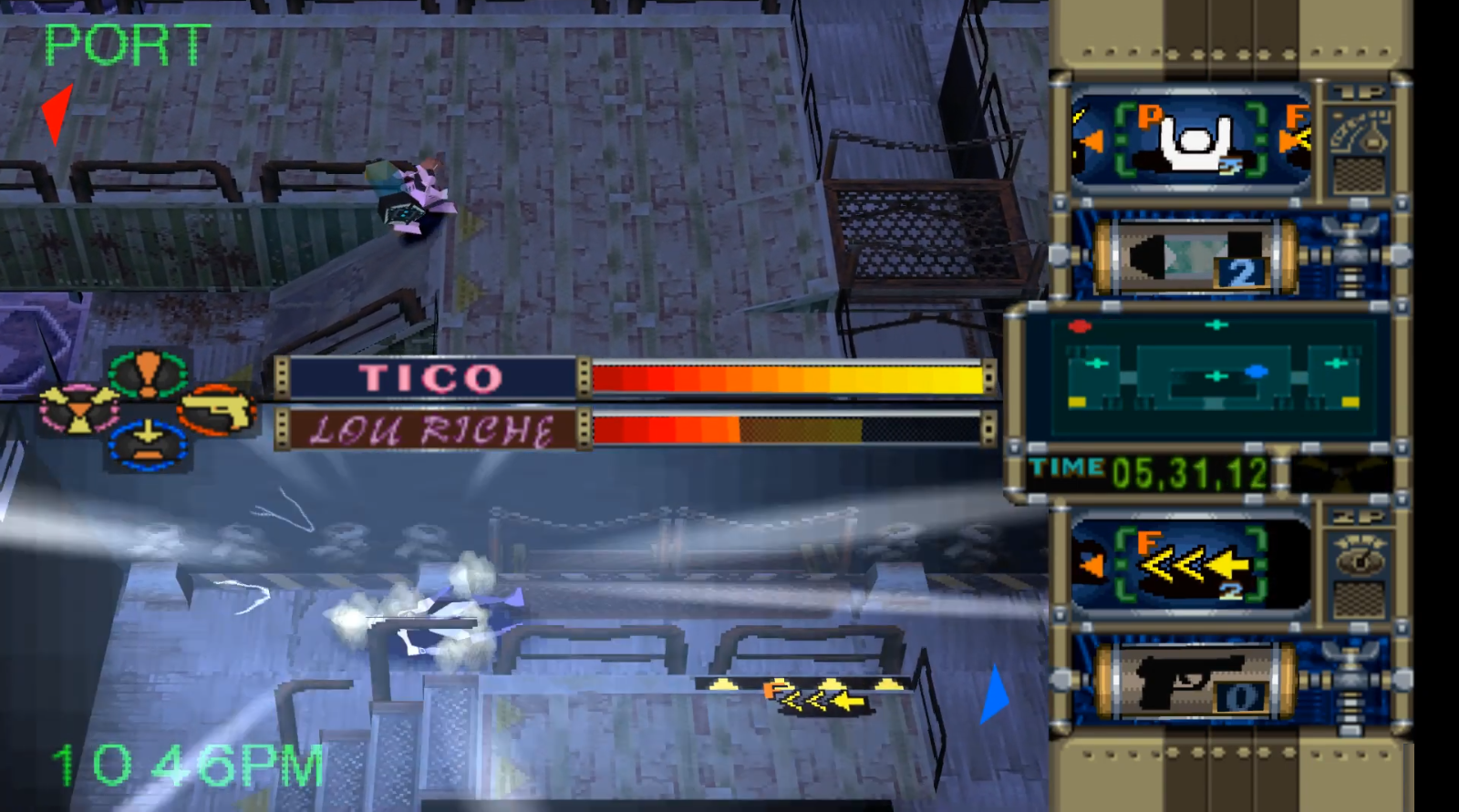
The most dreaded weapon in the game is the Unit. When picked up, it gives the player the opportunity to fire off orbs that zero in on the enemy, no matter how far away they are. A hit could inflict significant damage, but to escape the orb, one needs to outrun it until its energy dissipates. Unfortunately, you can’t search for hidden traps while running away from the projectile. The game loves to create these difficult situations.
The story mode comprises challenges and matches against AI opponents. Its narrative, with its still images and text that serve as cut scenes, is quite bizarre. A robot, spy, Green Beret, ninja, mutant, and cop all have different motivations for their decision to oppose Gain, a secret organization. To make three sub-bosses playable, one needs to complete the story a couple of times.
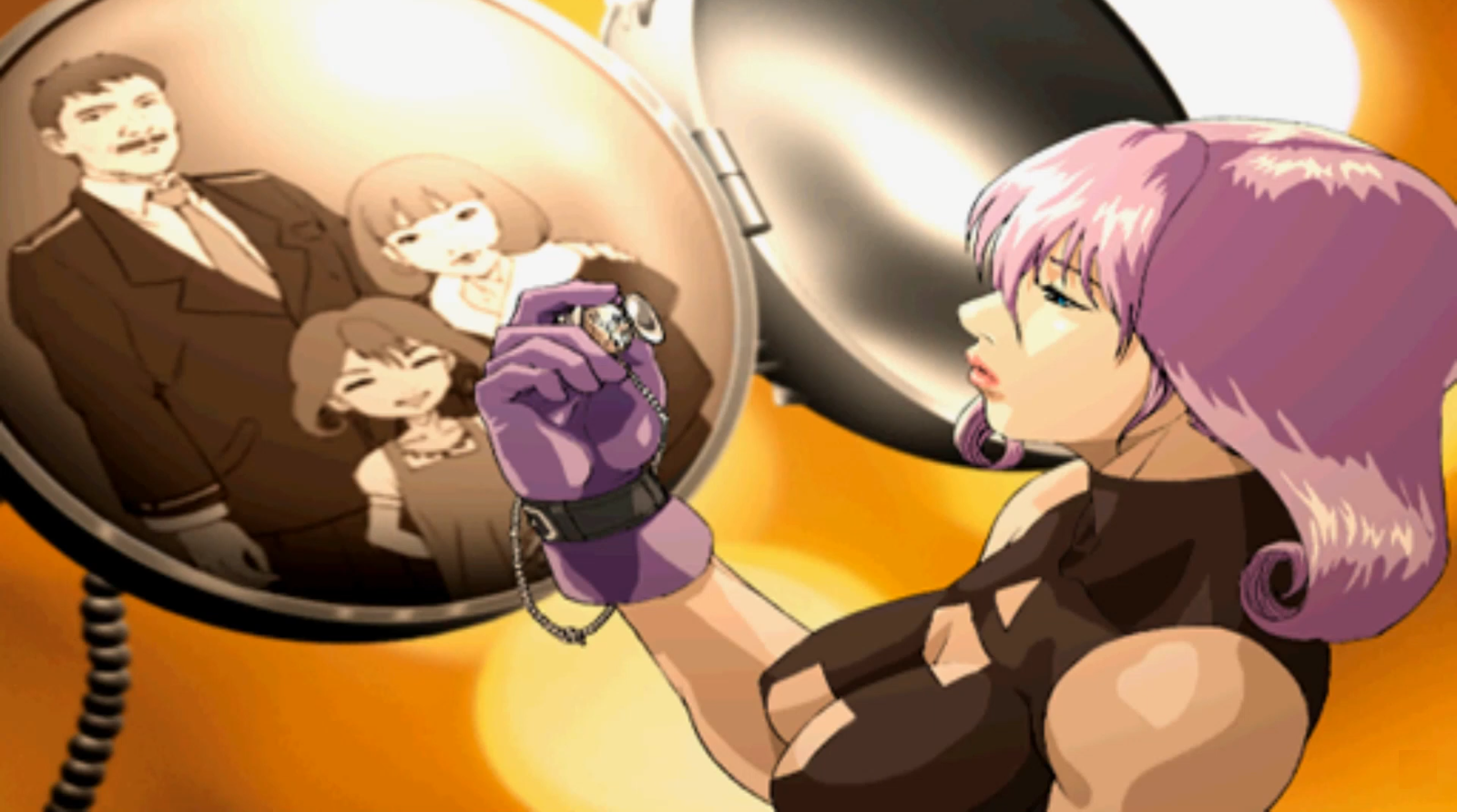
Names dissipate
Trap Runner doesn’t seem to be famous in the West. Its Japanese developer, Racdym, still survives all these years later — an impressive feat in a volatile industry. In 2000, they changed their name to Racjin.
Gamers might be familiar with their work on licensed titles like Fullmetal Alchemist and the Broken Angel, Naruto: Uzumaki Chronicles, and Bleach: Blade Battlers. They diversified their business in the new millennium to include pachinko machine development, music composition, and mobile gaming. Racjin has adopted a pragmatic stance that has helped it to pivot to various profitable sectors.
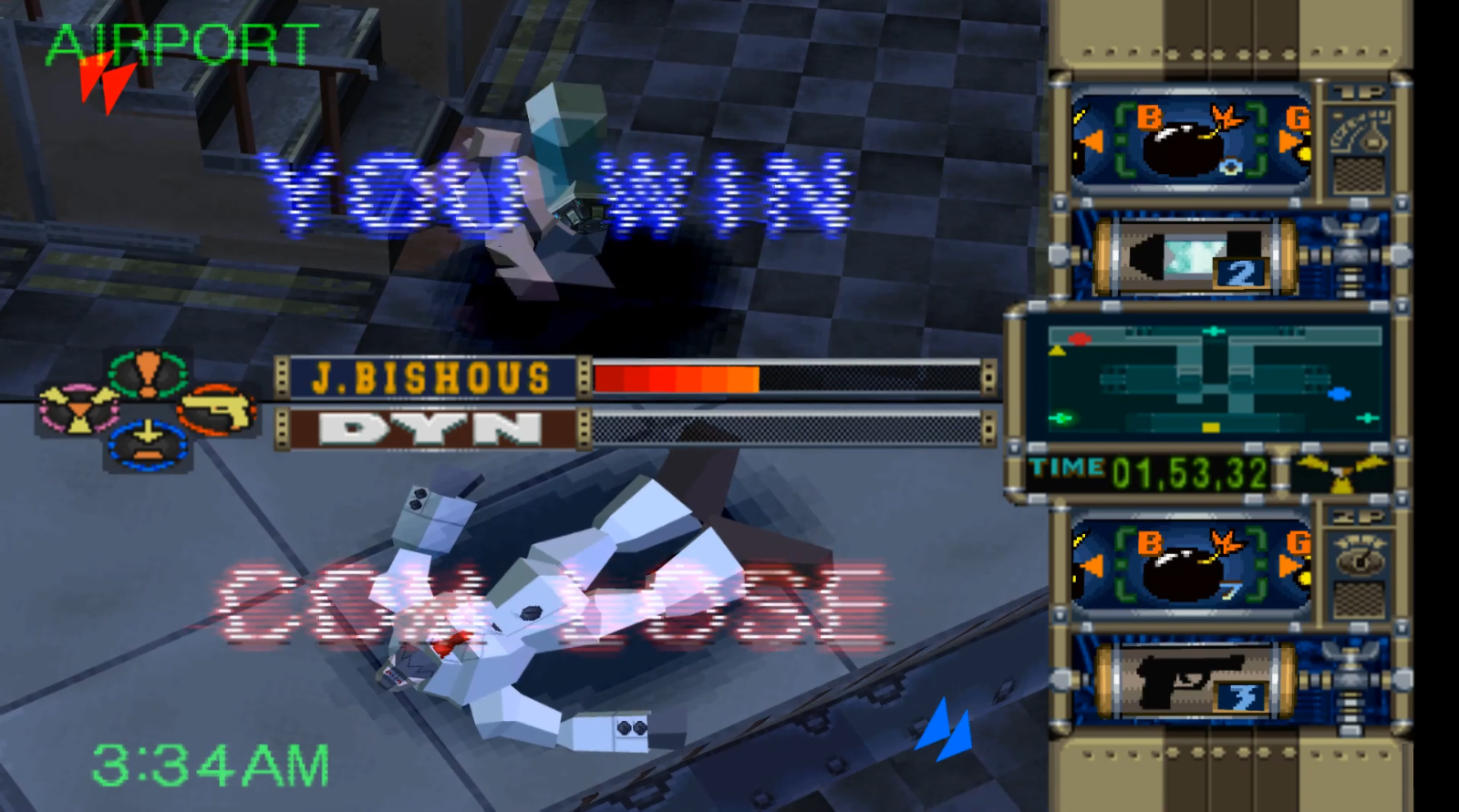
Racjin (then Racdym) was just 3 years old when it released Trap Runner back in 1998. In that year, IGN bestowed it an 8.9/10 rating, while Gamespot gave it a 7/10. It’s quite impressive that the young company created such a daring, well-regarded game, a title that would spend lengthy periods inside my PlayStation. Back in those heady days, there was no hard drive or SSD, and changing games required standing up and swapping out discs. All the variables kept every match fresh for the player. Chess with bombs. There has been nothing like it since.